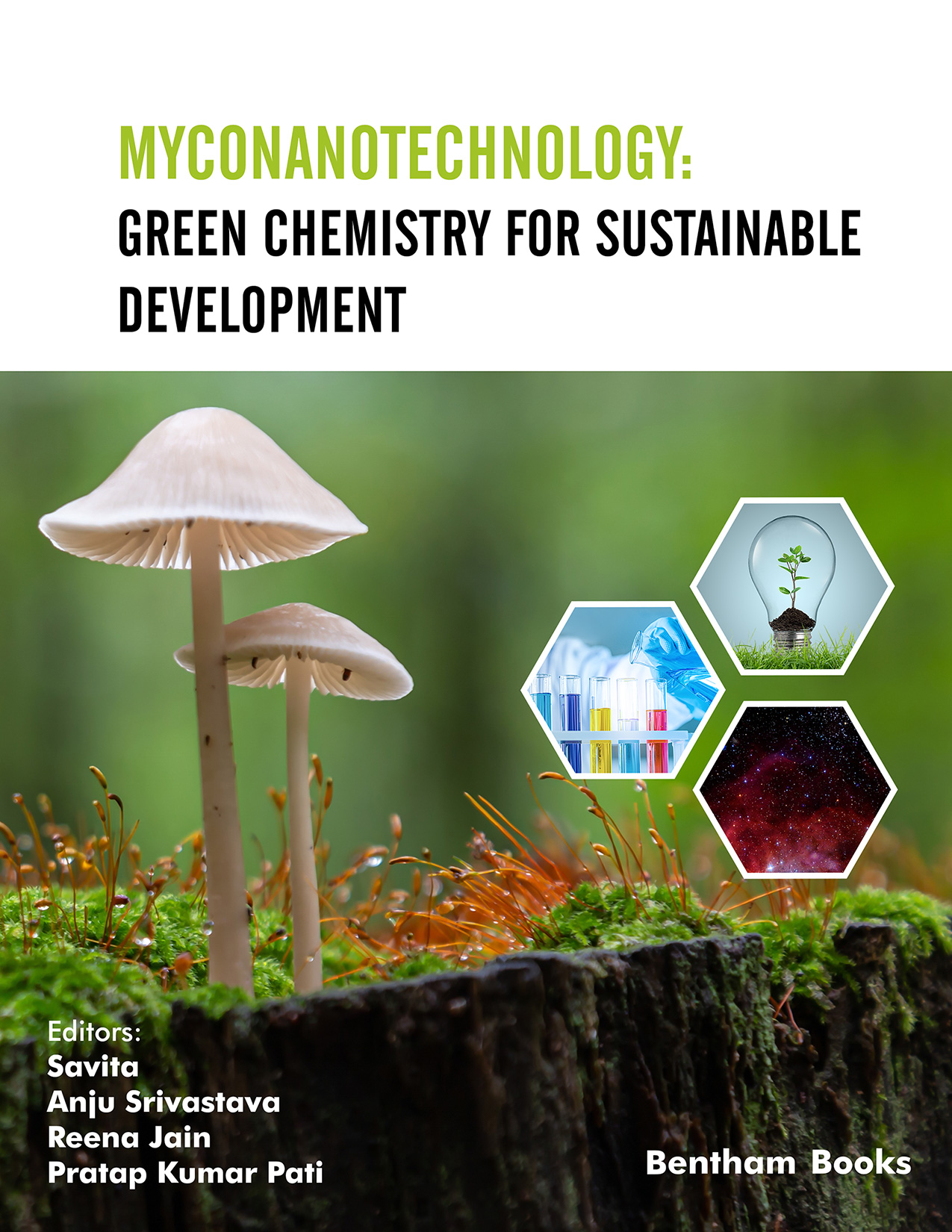Introduction
Myconanotechnology is the interface between mycology and nanotechnology. In other words, myconanotechnology represents the green synthesis of nanoparticles using fungi. The field is recently gaining attention due to the simple, resource efficient, and ecofriendly nature of fungal biotechnology. Therefore, Myconanotechnology is at the core of cost-effective and sustainable solutions for many industrial processes.
This volume provides readers at all academic levels with a broad background on some of the fastest developing areas in myconanotechnology. It is organised into two sections, A and B. Section A updates readers on several cutting-edge aspects of the synthesis and characterization of nanoparticles through the use of fungi. Section B describes applications of myconanotechnology including: the management of bacterial and fungal diseases, pest control, among other applications in medicine and agriculture. The breadth of topics covered in the contents make this volume an informative resource on the field. Contributions are written by experts in industrial biotechnology, and include extensive references to published studies.
This book is a timely reference for researchers, teachers and students, and all readers who are interested in new developments in industrial mycology and nanotechnology.
Audience: Mycology and biotechnology researchers, teachers and students; All readers who are interested in new developments in industrial mycology and nanotechnology.

